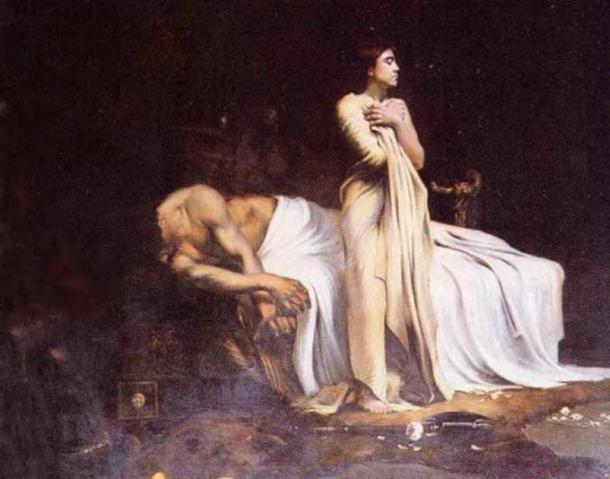
The Fearsome Attila the Hun Died of a Nosebleed on His Wedding Night
In what must have been one of the worst honeymoons in history, Attila the Hun, the brutal nomadic warrior of the 5th century AD, was found dead in his nuptial bed, drenched in blood the morning after his marriage. Whether in the arms, or by the hands, of his beautiful new bride Ildico, his unexpected death has been the subject of conjecture for centuries.
Little is truly known about the life and death of Attila the Hun, as the only written records were created by his enemies. Amongst these ancient chroniclers was Priscus, a Roman diplomat and historian, who left behind the only eyewitness account of Attila, leader of the Huns, Eurasian nomads who migrated into Europe in the 4th century AD.
After years providing paid defense along the Danube River for the Romans, Attila became one of the largest threats to the Roman Empire. Dubbed Flagellum Dei, meaning the Scourge of God, in 452 AD Attila crossed into the Western Roman Empire, catching the Romans off guard. Here he sacked several cities in northern Italy including Verona and Milan, only turning back after a meeting with a delegation led by Pope Leo I.
The polyamorous Attila has been remembered for his insatiable taste for women. Polygamous in nature, Priscus left behind accounts of his sophisticated main wife, Kreka, and his fated marriage to the beautiful Germanic Ildico in 453. While Attila was expected to die in battle, in the end it was his wedding night that did him in. After an exceptionally enjoyable evening of heavy drinking at his palace in Sicambria, he fell asleep on his back.

La mort d'Attila, or The Death of Attila, by J. Villeclère. (Public domain)
When his guards entered the bridal suite the next day, they found him covered in blood with his unfortunate bride weeping in a corner. Many have attempted to explain his sudden demise, with theories including alcohol poisoning or even giving Ildico a leading role as an assassin under orders of the Byzantine Emperor. Prone to nosebleeds, the most logical explanation is that the great warrior choked on his own blood. One wonders what happened to the recently defiled Ildico after the frightful ordeal.
Trying to figure out exactly how Attila the Hun died isn’t the only mystery to have been generated by his death. Legend has it that his body was buried in a triple coffin, made of iron, silver, and an inner layer of gold, filled with treasure. Stories claim that the servants charged with his burial were then murdered to ensure its whereabouts remained secret. In one account, the course of the River Tisza was temporarily rerouted in order to bury Attila in the riverbed. Even today, treasure hunters continue to hunt for the legendary tomb.
Top image: The Death of King Attila the Hun in 453 from an illuminated manuscript within the Saxon World Chronicle (close up). Source: Public domain
By Cecilia Bogaard















